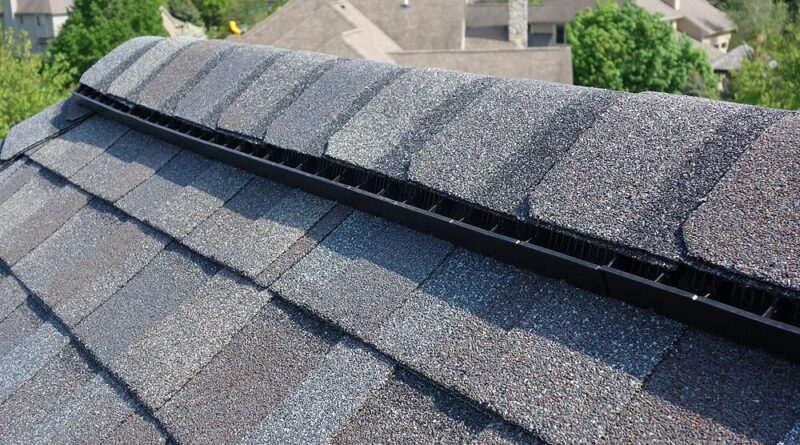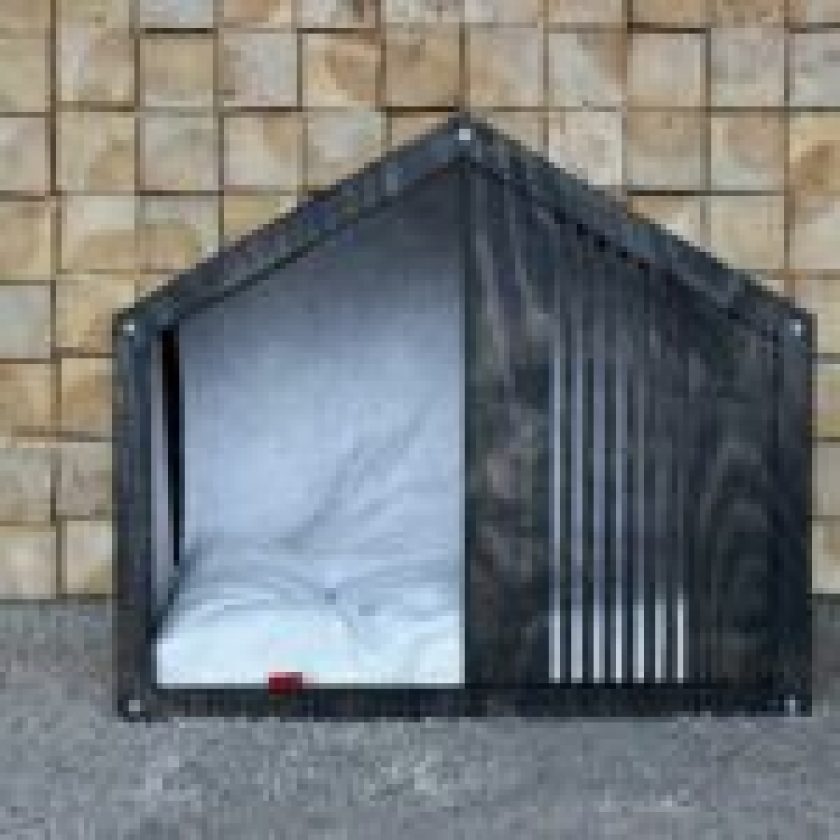Due to excess moisture and condensation, buildings may develop mold, mildew, and structural damage. This is especially an issue in roof areas. Thus, roof ventilation is crucial.
Warm air rises and brings moisture, so it naturally enters the roof. Warm air hitting a chilly roof forms condensation, which may sit on the roof or leak inside the building. Adequate roof ventilation allows moisture to escape the building envelope before condensation.
All About Roof Ventilation:
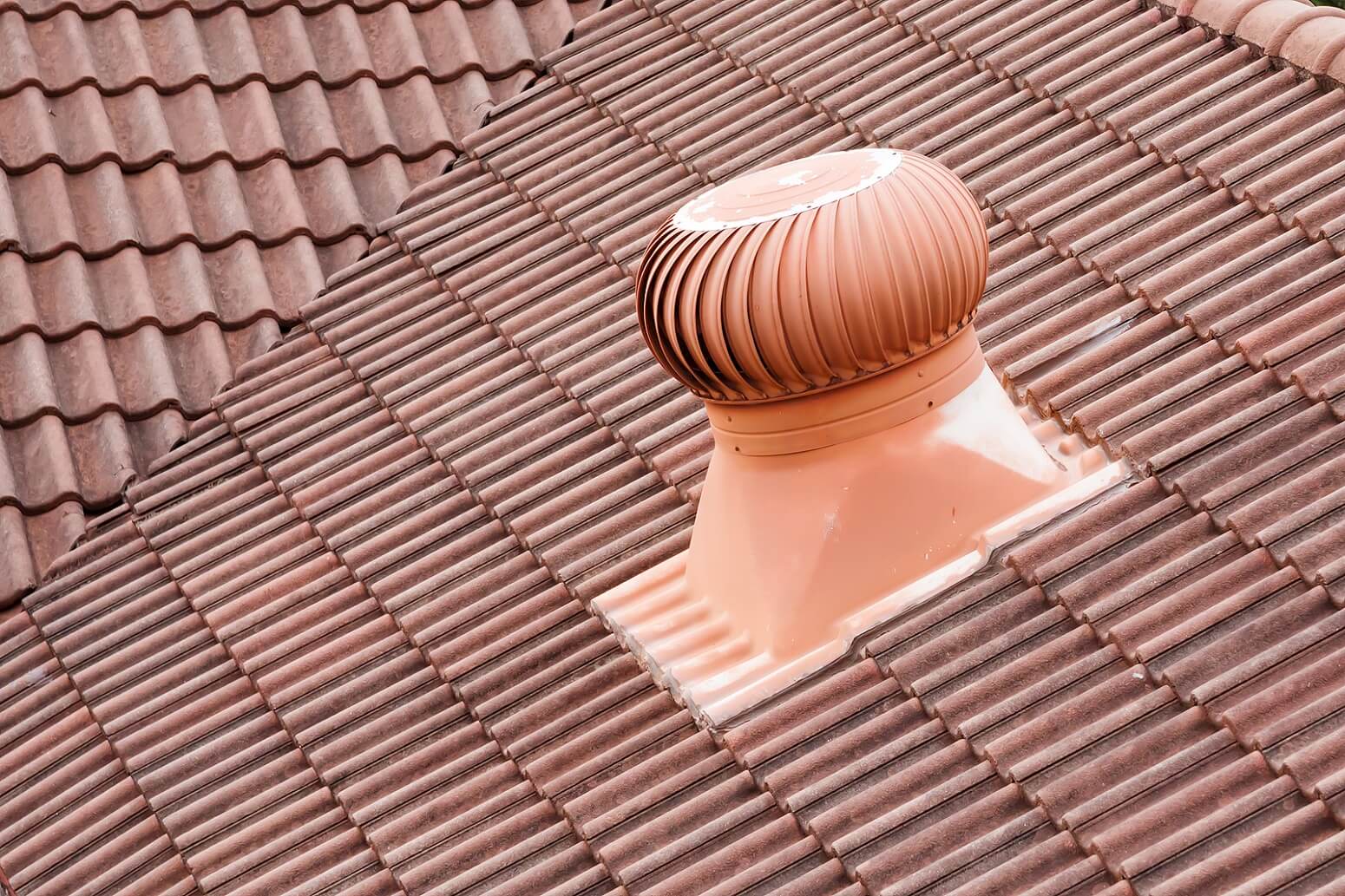
source: stradroofing.com
Roof ventilation or attic ventilation is the mechanism that moves air around in your attic. It comprises a range of intake and exhaust vents positioned thoughtfully throughout your roofing system to assist in keeping it cool in the summer and sufficiently heated in the winter.
Air may enter your attic via intake vents without being impeded by the weather. Thus, the purpose of exhaust vents is to allow air to exit the attic. Combined, they provide the most effective way to maintain the integrity of your roof.
Ridge vents are best for venting roofs with horizontal peaks along the length. This vent, together with the proper intake vents along the roof edge, ensures equal ventilation for the underside of your roof deck.
Four Benefits of Roof Ventilation:
Proper Roof Ventilation Benefits Your Property For Four Reasons:
• Ensures proper attic ventilation
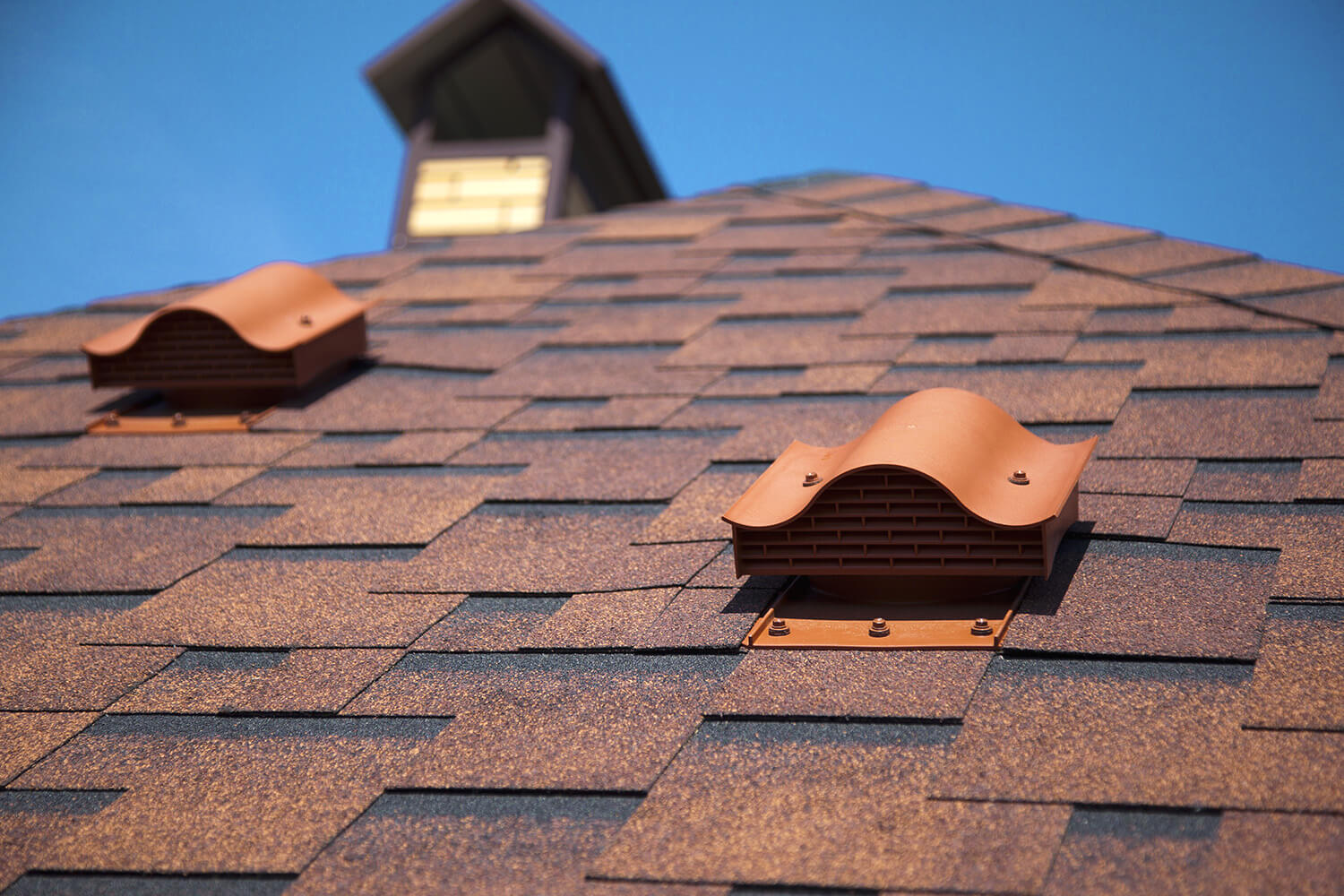
source: knowledge-builders.org
Like furnace and air conditioner size, attic ventilation should be perfect for your house. Poor ventilation may cause winter moisture issues and summer energy loss. However, excessive ventilation might be worse. Roof vents increase roof penetration and leaks. Roof venting is vital, but you don’t want to increase roof penetrations. More than leaks, these gaps may trigger storm blowouts or let wildfire sparks into your house.
Need a 1:300 ratio?
How much ventilation should your roof have? Always consult a roofing contractor in Phoenix, AZ, to establish your home’s needs. Experienced roofers can calculate it on your property. You probably require 1 square foot of attic ventilation for every 300 square feet of ceiling area.
Increases roof life:
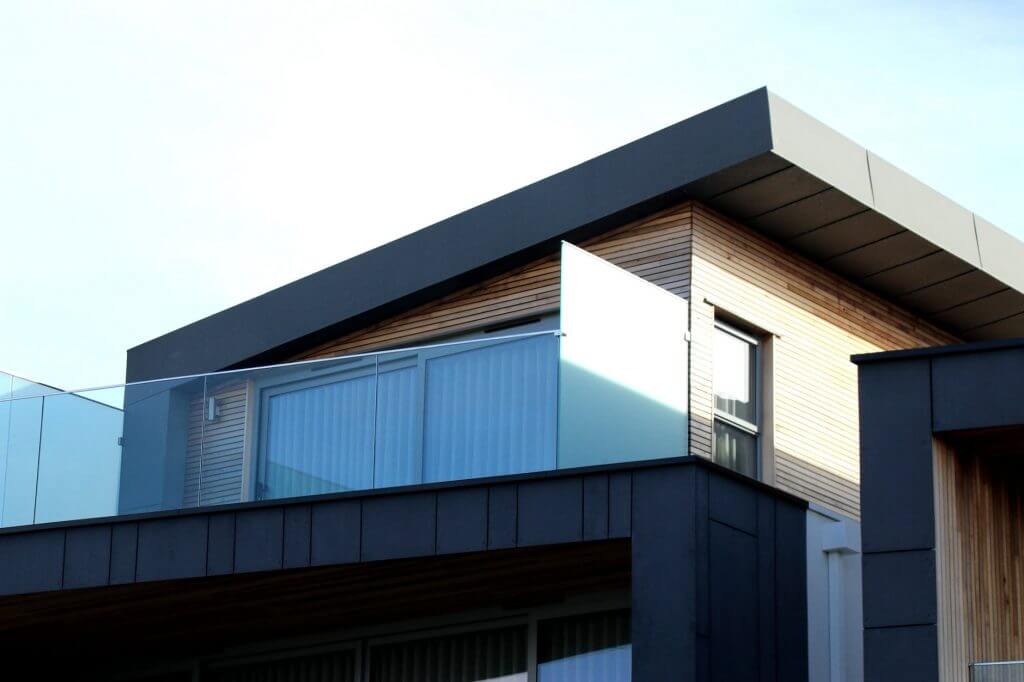
source: evobuild.com.au
Roofs benefit from ventilation in hot weather. When it becomes hot outdoors, your roof may be almost twice as hot as inside. Poorly ventilated attics may heat up when your roof heats up due to high temperatures. Attics with poor ventilation or no vents trap heat. Heat accumulation may harm your shingles from the inside out.
Lowers energy costs:
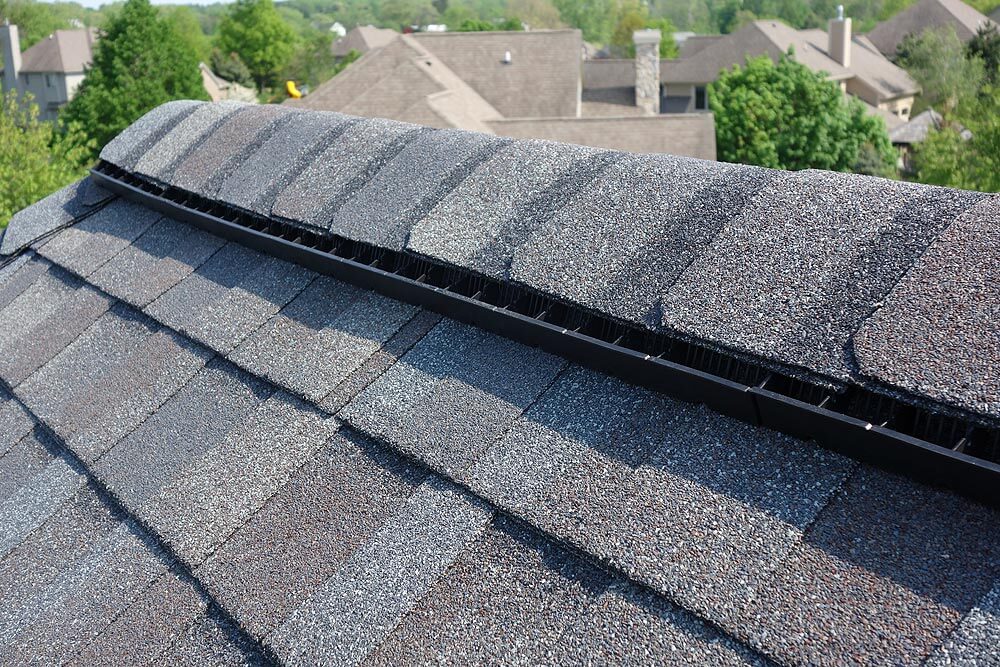
source: titansroofing.com
As it heats up outside, we want to keep cool indoors. A well-ventilated roof lets heat escape when the ambient temperature increases. Let heat escape via roof vents to lessen the air conditioner burden. Your air conditioner consumption will decrease, lowering your power cost.
• Lowers extreme indoor temperature
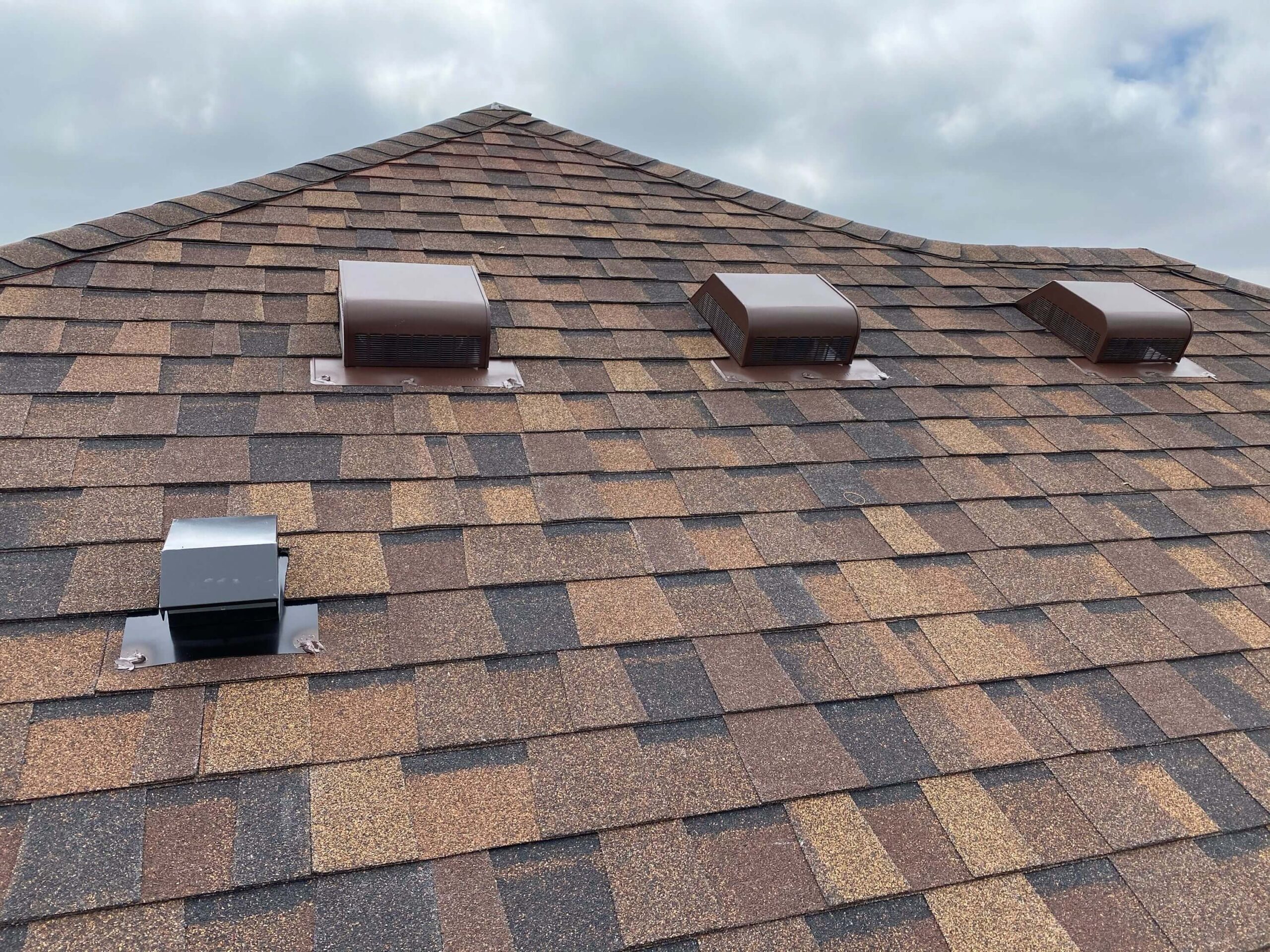
source: Pinterest.com
Has anybody stepped upstairs and believed it was 10 degrees warmer than their living room? One-story ranch homeowners may notice differing temperatures. Poorly ventilated roofs cause interior temperature extremes. Your house will be more pleasant year-round if your roof is properly ventilated to let hot air leave and cold air enter the attic.
A roofing contractor in Phoenix, AZ, can locate and rectify the leak. Check your roof immediately for loose or missing shingles, etc.
Summary
Venting your roof eliminates wet, heated air that might create a broken roof or excessive mold and mildew development in any home.
Start with your roof to keep your house warm in winter and cool in summer. Roof ventilation and insulation may prolong roof life and save power expenditures.

